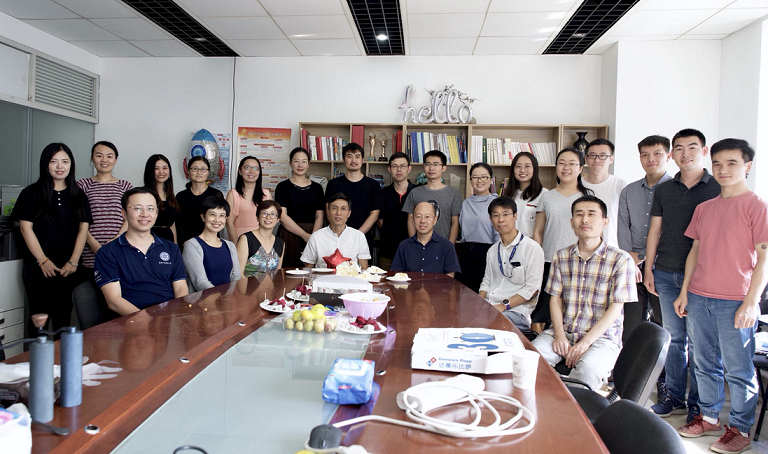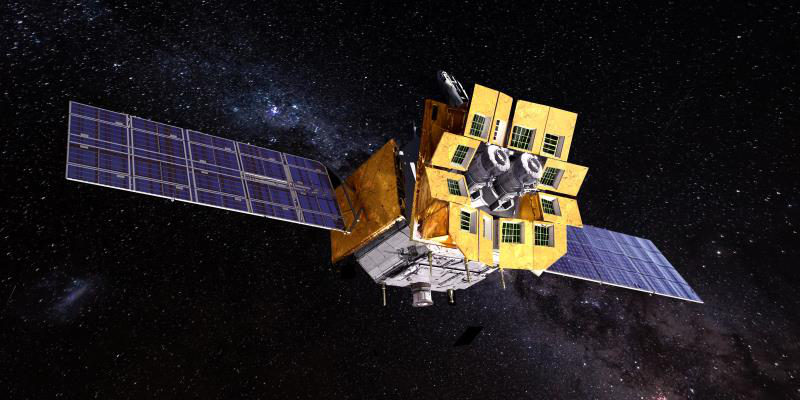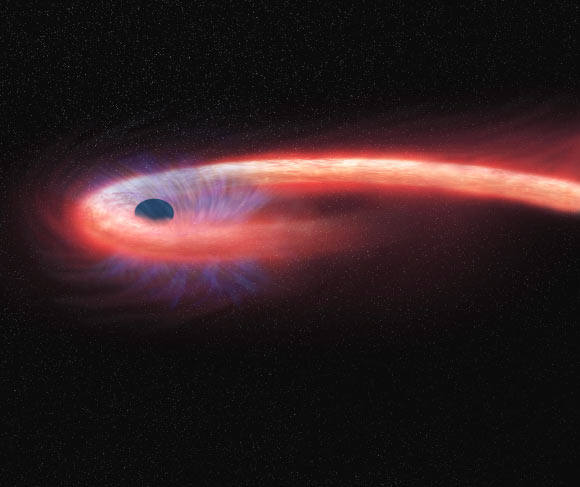High Energy Astrophysics Group (HEAG)
The High Energy Astrophysics Group is committed to conducting observational and theoretical research in the field of high energy astrophysics, including black holes, high-energy transients and photonic counterparts of gravitational wave sources. The observational research concerns with studies of active galactic nuclei, X-ray binaries, tidal disruption events, and other high-energy transients by making use of space-borne X-ray telescopes and ground-based multi-wavelength telescopes. The theoretical research concerns with theoretical investigation and modelling of accretion and radiation processes around black holes, accretion disc and corona, tidal disruption events, the photonic sources of gravitational-wave sources, etc. These objects render natural laboratories wherein to explore the physical laws and processes under extreme conditions. In recent years, the HEAG has also been devoted to the science and technology development of the Einstein Probe (EP)---a space X-ray time-domain astronomy mission of China. HEAG is currently leading the development of the EP Science Centre and will be responsible for the science operations and leading the scientific investigations of the EP mission. Einstein Probe is a space mission of the Chinese Academy of Sciences (CAS) in its Space Science Strategic Priority Program (phase II), and is aimed for launch at the end of 2022.

Group photo of the high energy astrophysics team

Conceptual graph of the Einstein Probe satellite

Artist’s illustration of a tidal disruption event. Figure credit: NASA/CXC/ M.Weiss.